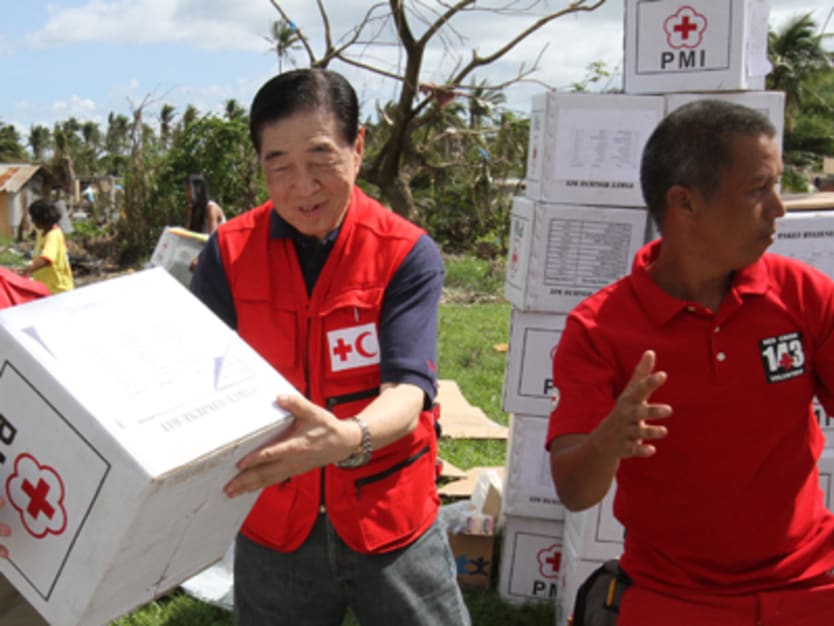
Two months after the passage of Typhoon Haiyan across the Visayas region of the Philippines, the scale of the devastation remains colossal. More than 4 million people have been displaced and 1.1 million homes have been severely damaged or destroyed. Estimates suggest the scale of destruction is about five times that experienced during the 2010 earthquake in Haiti. Now that media attention has shifted elsewhere, the humanitarian operation has entered its next phase, moving from emergency relief to longer term recovery.
For many of us in the Pacific region, this is familiar territory indeed. The 2011 earthquake and tsunami in Japan and the Indian Ocean tsunami of 2004 taught us valuable lessons, but the challenge is to apply these in our recovery programs in the Philippines.
Effective coordination on strategic and operational levels, for example, requires sufficient resources and clearly defined roles and responsibilities at both national and local levels. We have learned that plans linking relief, recovery and development must be crafted at the very beginning of an operation, and must take into account the needs and aspirations of communities, government and other partners.
Risk reduction and resilience are becoming part of our operational DNA. This is especially true in the Philippines. For decades the Red Cross has invested in local-level disaster risk reduction and mitigation projects in hazard-prone regions of the country. A recent cost-benefit analysis of community infrastructure projects — including a bridge connecting communities during the monsoon season and more robust seawalls — proved that money dedicated to preparedness is money well-spent.
Perhaps the most important lesson that we can all take away from the past — which we’re building on today — is that both resilience and recovery live and thrive at the community level. Accountability is paramount — this means we put people and families at the heart of our programs by including their perspectives in the design, implementation and monitoring of recovery efforts.
Returning to the Philippines in December, I saw in Visayas that support for rebuilding homes and recovering lost livelihoods are two of the most critical issues. The majority of families have already started rebuilding and repairing their homes. To assist them, the Red Cross is focusing on providing tools, building materials and technical expertise so that homes are better than before — able to better withstand the force of the next typhoon to make landfall. Supporting self-recovery is our priority.
The typhoon had a devastating impact on people’s livelihoods, particularly in the agriculture and fisheries sectors. Providing emergency food relief in the short term remains important, but is not a sustainable option for the future. Five million people have seen their livelihoods disrupted by the typhoon. In this disaster, the provision of cash is the first step toward helping individual households to get back on their feet while also helping local markets to recover. Cash-for-work programs and direct cash transfers give families choice, allowing them to define their own priorities. Such programs allow us to reach large numbers and are a more efficient and dignified way of providing aid.
The work of the Red Cross and others is making a real difference to lives in the Philippines, but the most striking thing to witness is how people cope under such circumstances. We have been here before, and the scale of this disaster — like that of others before it — can seem almost beyond comprehension. And yet individuals, families, communities and nations endure, with a determination to lessen the impact of the next disaster. Together with the wider humanitarian community we have an obligation to build on this inspiring spirit and ensure that communities emerge from this disaster stronger and more resilient to future threats.
See more of our Typhoon Haiyan coverage. Join the Devex community and gain access to more in-depth analysis, breaking news and business advice — and a host of other services — on international development, humanitarian aid and global health.


